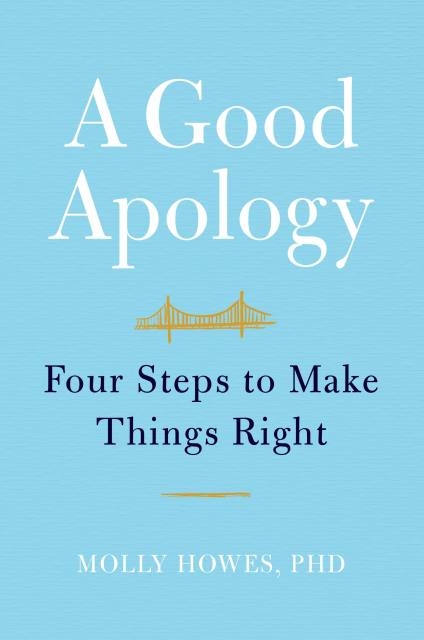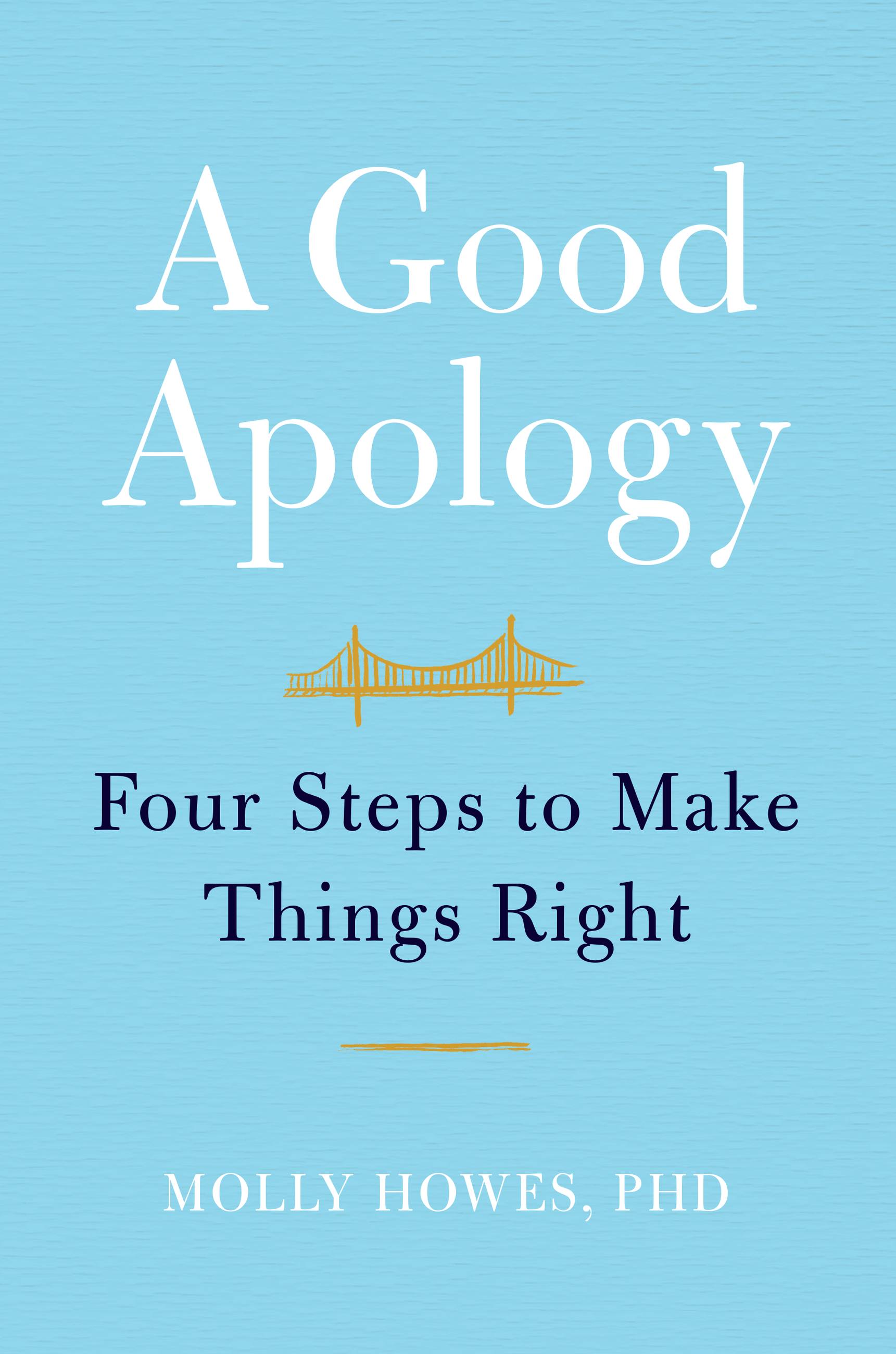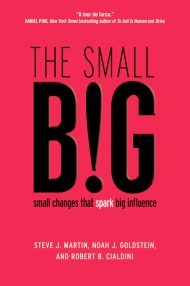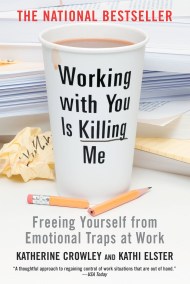Promotion
Use code BEST25 for 25% off storewide. Make sure to order by 11:59am, 12/12 for holiday delivery!
By clicking “Accept,” you agree to the use of cookies and similar technologies on your device as set forth in our Cookie Policy and our Privacy Policy. Please note that certain cookies are essential for this website to function properly and do not require user consent to be deployed.
A Good Apology
Four Steps to Make Things Right
Contributors
Formats and Prices
- On Sale
- Jul 21, 2020
- Page Count
- 288 pages
- Publisher
- Grand Central Publishing
- ISBN-13
- 9781538701324
Price
$14.99Price
$18.99 CADFormat
Format:
- ebook $14.99 $18.99 CAD
- Hardcover $28.00 $35.00 CAD
- Audiobook Download (Unabridged)
This item is a preorder. Your payment method will be charged immediately, and the product is expected to ship on or around July 21, 2020. This date is subject to change due to shipping delays beyond our control.
Buy from Other Retailers:
-
"Those looking for a way to say sorry and mean it will learn much from Howes's approachable demystification of the art of apology."Publishers Weekly
-
"A Good Apology beautifully outlines how our relationships can dramatically improve by an authentic way to repair. Mistakes and ruptures happen, and Howes shows us how the practice of the apology is the first imperative step toward repair. By following her 4 steps to make things right, the practice of how and when we apologize can be honed to create transformative and positive change."Eve Rodsky, New YorkTimes bestselling author of Fair Play: A Game-Changing Solution for When You Have TooMuch to Do (and More Life to Live)
-
"At a time when conflict and divisiveness seem to be engulfing us all, this wonderful, on-target book by Molly Howes is just what is needed! Here are practical, effective remedies that can help make reconciled relationships possible."The Most Reverend MichaelB. Curry, Presiding Bishop ofThe Episcopal Church
-
"This is the definitive book on how to make an apology that actually matters, that heals both parties, and that leads to growth, joy, and peace of mind. Accessible, authoritative, and filled with convincing real-life scenarios from this consummate clinician's own work, A Good Apology teems with warmth, wisdom, tenderness, and an infectious zest for making things right."Edward Hallowell, MD, nationally bestselling co-author of Driven to Distraction
-
"Dr. Howes' beautiful book is a needed antidote to an era in which division has come to seem inevitable and conflict unresolvable. A Good Apology counters with a premise combining humility about the capacity of even the best among to cause harm and the possibility of human growth even in our darkest moments. It helps us forgive ourselves, too."Frances Moore Lappé, New York Times bestselling author of Diet for a Small Planet and Daring Democracy
-
"I hope the whole world reads this book! Dr. Howes explores the power of a genuine apology in intimate relationships, politics, medicine and more, and she provides an elegant road-map for negotiating this tricky terrain. The ability to apologize is an often overlooked, but centrally important, aspect of happy relationships. Seamlessly written and saturated with wisdom, this book shows what it takes to free the heart - ours and others."Christopher Germer, PhD, author of TheMindful Path to Self-Compassion
-
"In A Good Apology, Dr. Molly Howes expertly delves into a difficult topic that helps us all become more loving and connected. In today's hectic world, nurturing our relationships is paramount. Through stories of people struggling and other useful tips and tools, Dr. Howes creates a road map we can all use to thrive."Dr.Zelana Montminy, behavioral scientist & author of 21 Days toResilience
-
"Healthy relationships are essential to how we live and work together. Imagine the benefit to business, families, governments, health care, faith communities, education, and our quality of life if human beings could learn to make a good apology. In this earnest and inviting book, Dr. Howes connects social science, popular events and her considerable clinical expertise to create an accessible formula for the repair of broken relationships. In our divided age, this should be required reading."NicholasCovino, PsyD, President of William James College
-
"'A Good Apology' is a brilliant, beautifully written, impeccably researched book that should be read by anyone involved in conflict management, organizational consulting, coaching, or psychotherapy. Actually, I can think of no one who would not benefit - both personally and professionally - from this book's clear, analytical, and heartfelt exploration of the four essential steps in a successful apology. Molly Howes has given us a life-changing gift with her sage advice and evocative stories of hurt, apology, and reconciliation."p.p1 {margin: 0.0px 0.0px 0.0px 0.0px; text-align: center; font: 11.0px 'Times New Roman'}span.s1 {font-kerning: none}David A. Hoffman, Esq., Mediator, Arbitrator, Collaborative Lawyer
Newsletter Signup
By clicking ‘Sign Up,’ I acknowledge that I have read and agree to Hachette Book Group’s Privacy Policy and Terms of Use






